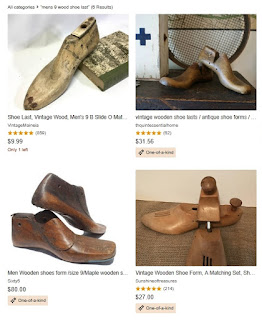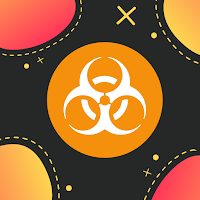 |
| Are these Pyrex bowls really one-of-a-kind? |
Most popular?
or
Unique?
Here is Etsy's announcement. Some are seeing the new badges: "best seller" and "one of a kind."
How do sellers get the badges?
 |
| Shop Manager view of an item's past sales |
Quantity: more than 1
If you have a quantity of more than one, then it is not one of a kind.
No stats are available for how many items need to be sold for a listing to be considered "best-seller." Chances are, most vintage sellers will not qualify for this badge. However, you may receive another designation. Read on.
Quantity: 1, Sales: 0
Bingo! Your item will show as "one of a kind" and get the badge.
 |
| Do you prefer popular (only 1 left!) or unique? |
Quantity: 1, Sales: 1 or more
If your previous sales with that listing show as one or more, your item may get an "only x left!" badge. This rewards your item that has sold more than one.
Some art work is not receiving the OOAK designation. Why, who knows?
Here is an example:
Artists report issues
Some art work is not receiving the OOAK designation. Why, who knows?
Here is an example:
 |
| Only one piece of original art in this group receives the badge |
Remember, this is only a test.
What can we learn?
So, just like... other things... Etsy is going over to polar opposites here it seems.
Sellers are rewarded for selling:
The MOST, or
One Of A Kind.
Stay tuned for further developments.
Sellers are rewarded for selling:
The MOST, or
One Of A Kind.
Stay tuned for further developments.




Thank you Joanne...Well done
ReplyDeleteWell explained...let's hope it's positive for both "one-of-a-kind" seller, and those with "best-sellers" !
ReplyDeleteThanks, Joanne. You are always right on top of things!
ReplyDelete